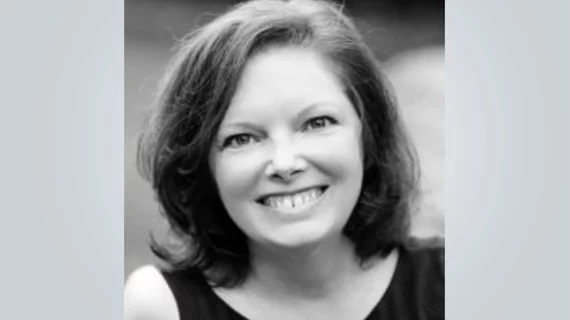An Invitation: To Tackle Social Determinants of Health, Stray From Your Lane
I don’t need to tell you that social determinants of health (SDoH) present challenges for your patients. You’ve seen the data indicating that as much as 80 percent of an individual’s health comes from factors other than the clinical care he or she receives. You know the impact of disparities. You’re aware that procedures and surgeries go only so far when patients can’t afford better food and medications or when transportation barriers prevent them from showing up for appointments and cardiac rehab.
While the impacts of social needs and SDoH are hardly news, what’s interesting is the trend toward hospitals and health systems stepping up to tackle these problems. The reasons are worth noting. Policy shifts are both allowing health organizations to help patients with social needs and creating payment models—e.g., rewards and penalties based on the cost of care—that make the business case for taking on SDoH.
But the good stuff is in the cases—the many creative ways (many more than we can share) that clinicians are connecting and collaborating with their communities as well as the physician-led programs resulting in improved blood pressure and diabetes management, fewer heart attacks and strokes, and reduced costs. Then there’s the idea that tackling SDoH could yield return-on-investment for clinicians. It’s tricky because the last thing we should do is layer more work and responsibility on physicians, too many of whom are struggling with burnout. But what if giving you the green light to stray out of your lane—to unleash your creativity and compassion in new ways—renews your sense of purpose?
As our sources emphasized, tackling social needs is a long game, one that requires patience, endurance and commitment to the mission. Some of the same things needed to bring a new therapy to the bedside or to beat back heart disease, by the way. Through collaboration, creativity and compassion, cardiologists are on the cusp of demoting cardiovascular disease from its perch as the world’s leading cause of death. Now, I offer a new challenge: help reduce the toll of social determinants on your patients’ health. You’ve got this.

